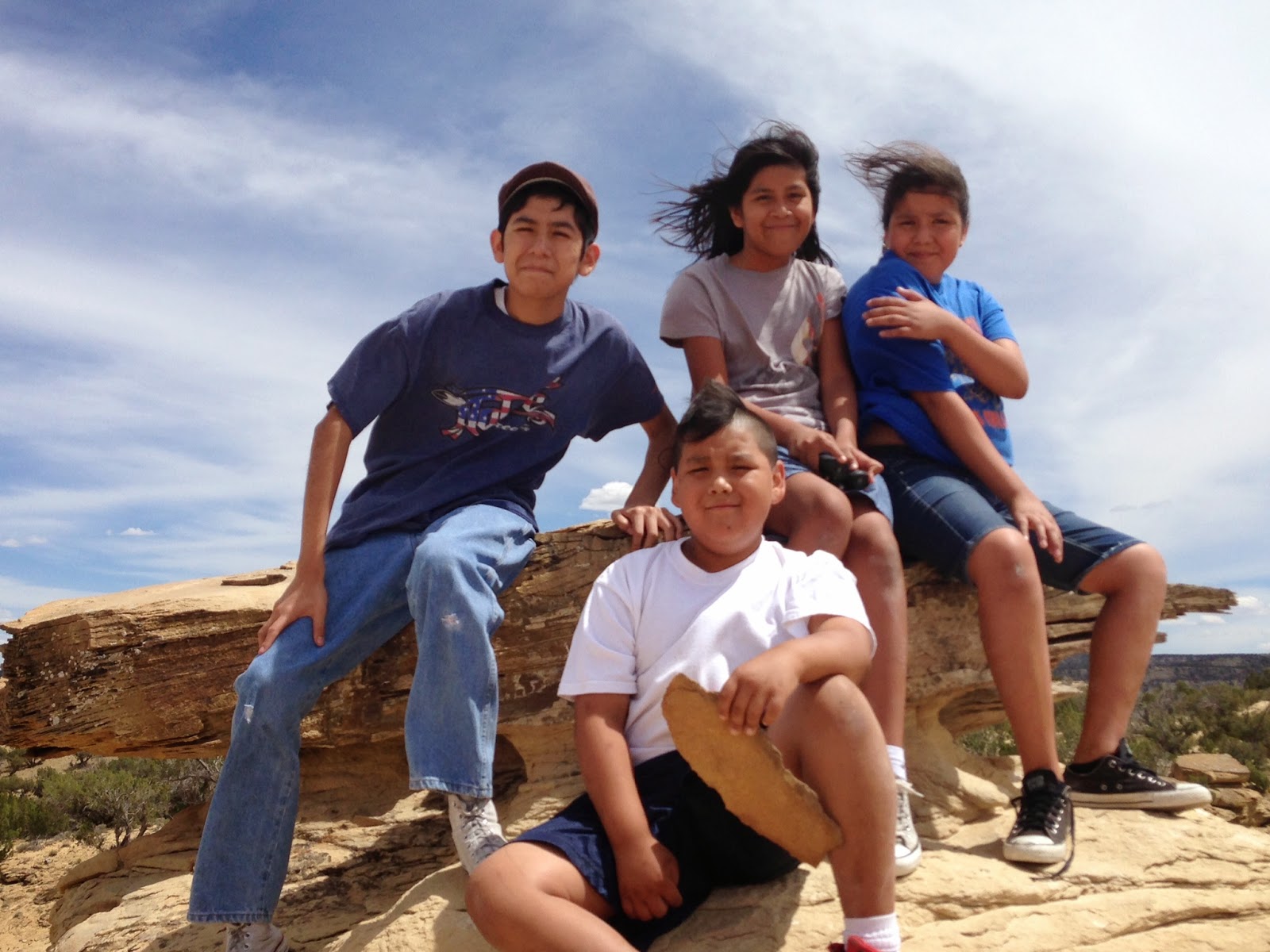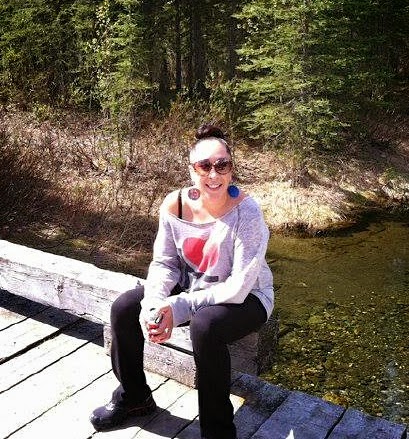Butchering on the Rez…community building.

By Jack Soto
Not too long ago, I was on a short trip to Gallup visiting
my aunt and a few relatives. My mom decided that she would purchase a sheep
this time versus going around to various stores to pick up choice parts for later
cooking back home in AZ. As one can imagine, mutton is a scarce commodity in
Yuma, AZ. It had been awhile since she and I had an opportunity to butcher a
sheep.
I think one of the greatest parts of growing up on the Rez
is learning how to tend to your own needs. Well, to some extent. I am not sure
when I became aware of knowing "how" to butcher a sheep from start to
finish, but once my cousin made the first cut, which I have never done, we all
began to chip into the work. I attended culinary school and that, I believe,
lent to my ability to work my way around an animal carcass. I have had an
opportunity to crudely fabricate (cut up) a side of lamb and beef, which,
additionally, gave me a certain sense of how to approach the task. Butchering
on the Rez is a slow and steady task that is filled with much humor and
storytelling, which makes the time more community building than task-centric.

I decided to bring the youngest of the Ns and the three
eldest great-Ns on the trip. When we arrived to our cousin's trailer, I
informed them that they would all be helping in the butchering of the sheep.
They all were curious and a little grossed out from the start. We arrived to an
extremely large, beheaded sheep. I started to help in pulling the skin away
from the animal and the kids watched with horror and fascination. As more of
the skin was pulled from the body, its greasy form began to slide off the table
and the kids were employed to hold it in place. At first, it was a gruesome
task for them, but as everyone began to interact with the butchered animal, their
inhibitions drifted away.
The animal was so big that we almost could not get it off
the table and onto a cedar tree branch for cutting. The boy Ns worked at keeping the animal still
while we tied it to a truck that would lift it off the table and into the air.
The girl Ns were then called into to assist with cleaning the innards, as the
sheep was cut open for fabrication. At first, all the Ns were grossed out and
tried to get out of the task, but once they began to realize that they would
have an opportunity to see inside the animal, they moved in closer to assist.
Once the insides fell onto the table, they quickly started asking for names of
each of the parts; they looked for the heart and lungs, which seemed to be of
most interest to them all.
At this point, one of the boys pulled away. He is probably
the most sensitive of all the younger Ns. I called him back into the task to
hold the animal as we removed the spine. Once done with that task, he quickly
moved away from the cleaning area. The girls, however, stuck it out. Well, one niece stuck it out and worked at
cleaning the intestines of the animal. She was fairly grossed out, but innate
responsibility took over and she worked with the other woman in cutting and
cleaning all the organ meats. I watched with proud amusement.
I cannot say that this form of bonding is only inherent to
Native people, but it is an important part of growing up in and becoming a part
of a community. I remember many friends talking about cutting up and preparing
elk, buffalo, deer, bear, moose, and salmon. It is all fascinating work and an
important part of culture and heritage of a people.
In recounting my story of the Ns to some of my Native
friends, I was not surprised at how they each had something to share on such an
experience in their own families. In some cases, it was a rite of passage and
in others it was just ‘plain ‘ole’ responsibility. It was not surprising to me
that many of them could cut up an animal if they needed to in an act of
survival (I type ‘survival’ because all of us shopped at grocery stores for
food). We talked about food in general and the importance of learning to grow
it and how much better it was for a person if grown in a more organic
environment.
Although the Ns had heard about the act of killing an animal
for food, they never had an opportunity to interface with it on real-time
level. When they were confronted with the task, they "naturally"
joined in ("naturally" because they all are slightly afraid of me and
usually do what I tell them to do). With that, however, they worked with the
family enough to get through what needed to be done to bring the animal
home.
I think my proudest moment, however, was when after all of
that grossing out and queasy behavior during the butchering of the animal, they
sat down and ate. They listened, got greasy fingers, wrapped their meat in
fluffy Navajo tortillas, and drank soda. They laughed and enjoyed the stories
of our relatives while learning how to poke fun at each other.
I remembered the many times I watched a butchering and never
felt the inner-work that happens when one kills a living creature to nourish a
group of people, a family, as much as I did in that moment. It was distilling
on some level and quite uplifting on another. The family ate and laughed
together for a couple of hours. Meat was dispersed and packed up to haul away.
We cleaned up as much as we could and left my cousin’s land smelling of and glistening
from mutton grease. That smell and act are some of my most cherished moments of
being on the Rez.


Comments
Post a Comment